O.K., this is only the second time in two years that I’ve done a post where you really miss the point if you don’t read as well as look at the pictures. In fact, the first READ THIS post is about the parasite that got me started collecting wonders.
1) Slime molds are single-celled amoebas that can gather by the thousands to form multicelled bodies that can crawl or develop into gigantic pulsating networks.
2) Despite having no brain, the organism is able to “organise” its cells to create the most direct route through a maze in order to reach a source of food.
3) According to Atsushi Tero, from Kyushu University, southern Japan “Computers are not so good at analyzing the best routes that connect many base points because the volume of calculations becomes too large for them, but slime molds, without calculating all the possible options, can gradually find the best routes.”
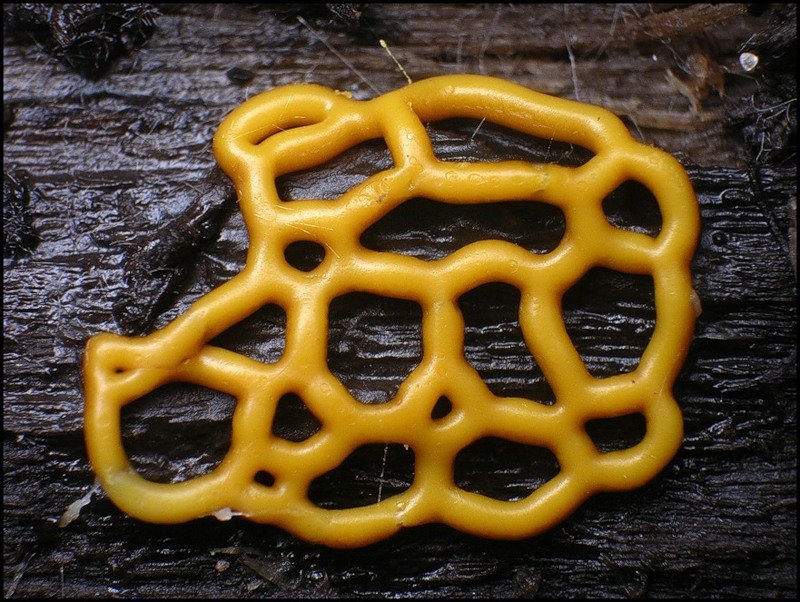
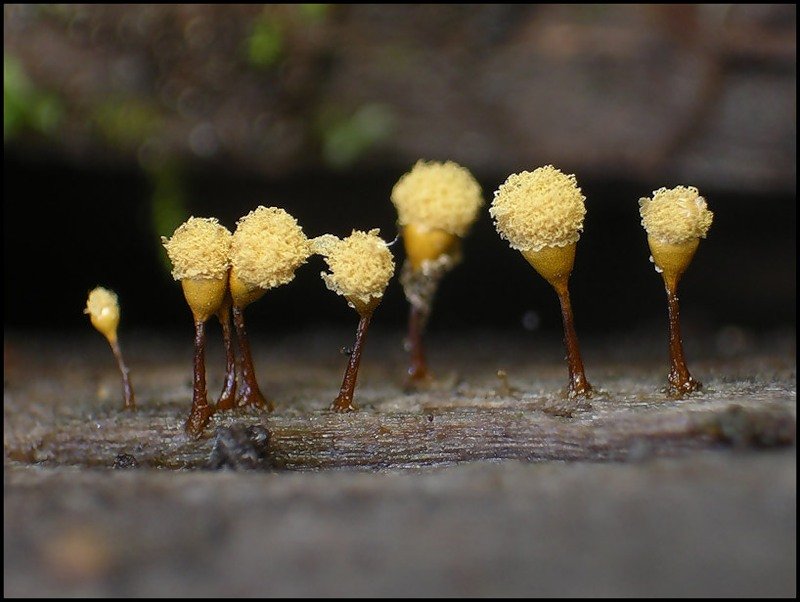 4) When the individual amoeba cells become hungry, they rush together more like one organism for a common cause, for which some will sacrifice themselves. Inside the organism about 1 percent of the amoebas turn into police. They crawl through the slug-like blob looking for infectious bacteria. When they find one, they devour it and then drop away from the slug, taking the bacteria with it. They then die of the infection while the slug remains healthy.
4) When the individual amoeba cells become hungry, they rush together more like one organism for a common cause, for which some will sacrifice themselves. Inside the organism about 1 percent of the amoebas turn into police. They crawl through the slug-like blob looking for infectious bacteria. When they find one, they devour it and then drop away from the slug, taking the bacteria with it. They then die of the infection while the slug remains healthy.
5) Next some more of the cells (20%) die as they transform their bodies into a stiff stalk of cellulose, so that others can crawl to the top and form a sticky ball of spores that stick to the foot of an animal and travel to another spot to reproduce.
6) Biologists have found slime molds in Antarctica, in barren deserts, high in the canopies of jungles and even on the leaves of household plants.
So now you can enjoy looking at the variety of this life form as reflected in these images thanks mostly to englishrussia a website that translates Russian sites into English.
Thanks to Funny Times column, News of the Weird for getting me started on slime molds.
Thanks to The New York Times and London’s Telegraph newspapers for the info.
Again, thanks mostly to englishrussia for a majority of the images.
And here’s one more chance to check out the first READ THIS! post if you’ve missed it.
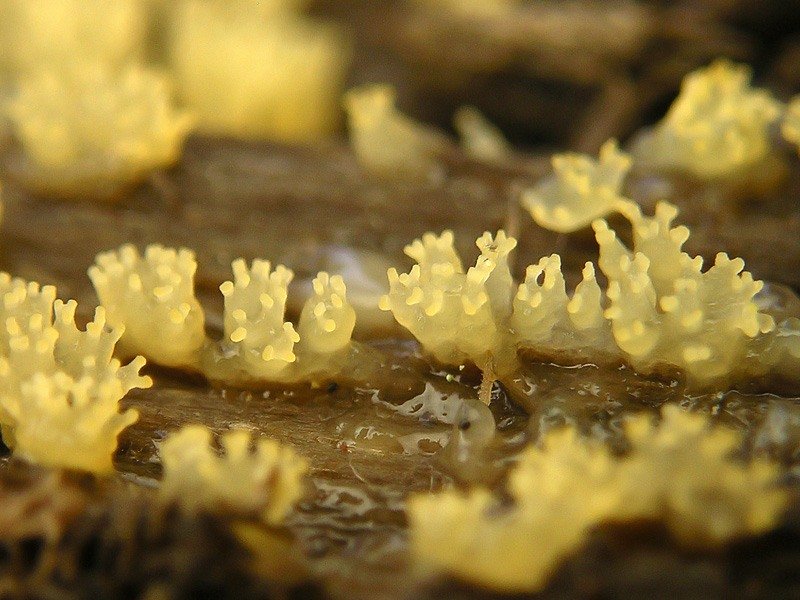

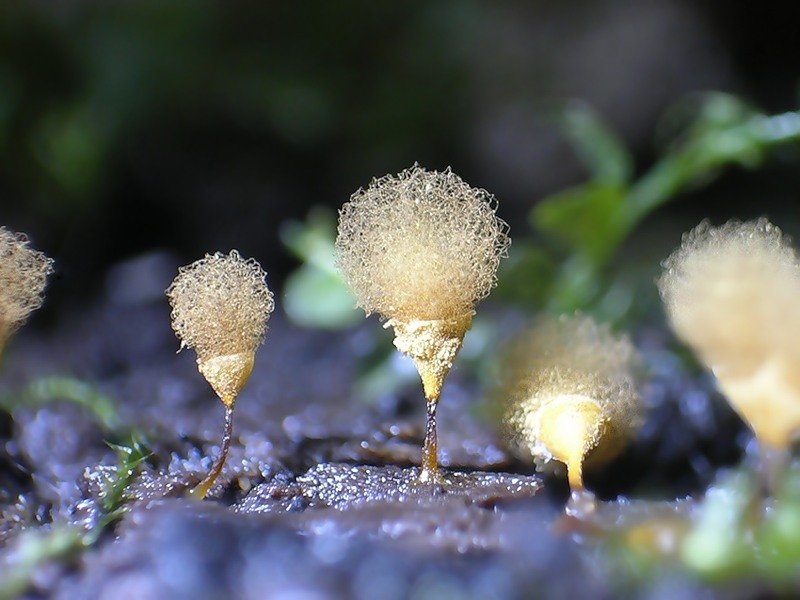
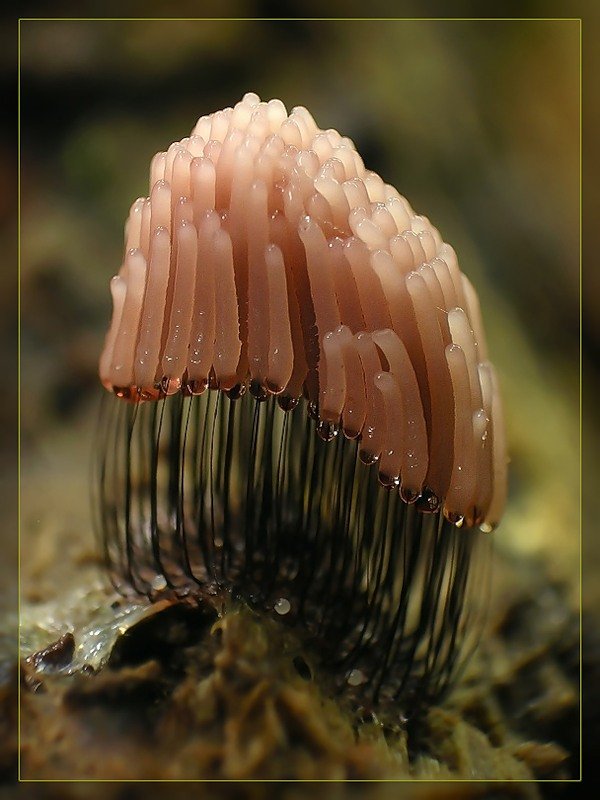
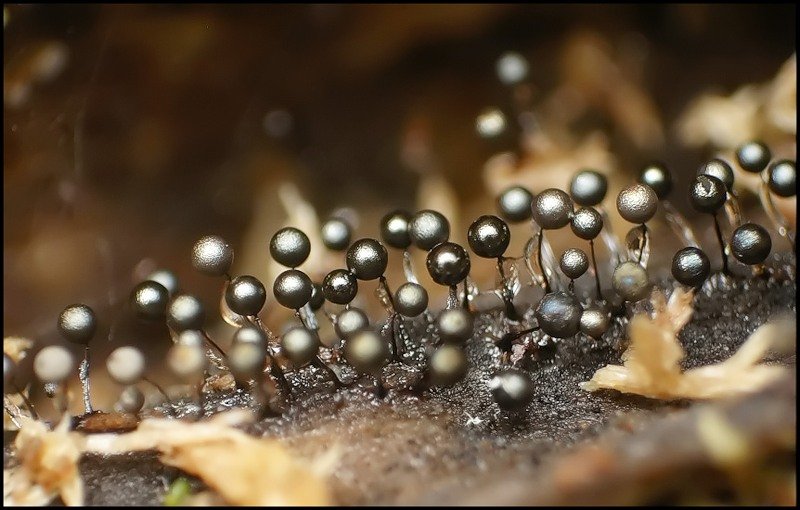
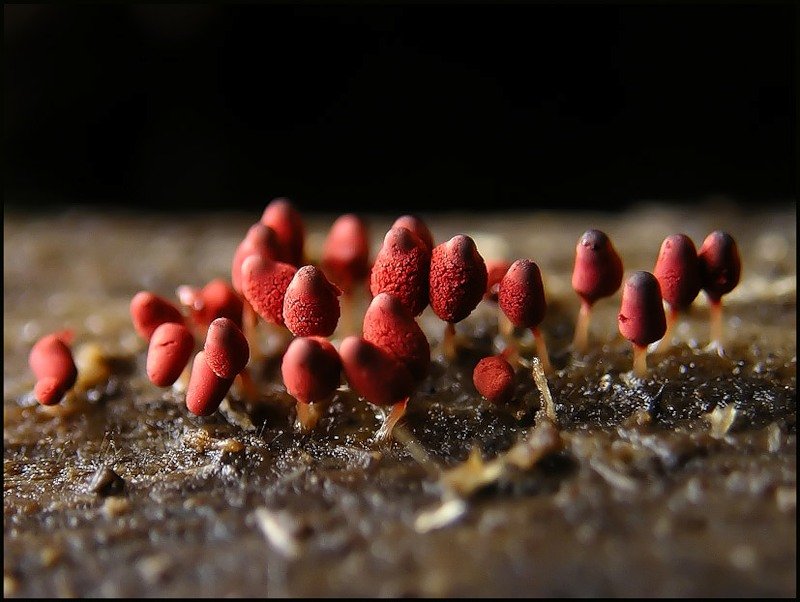
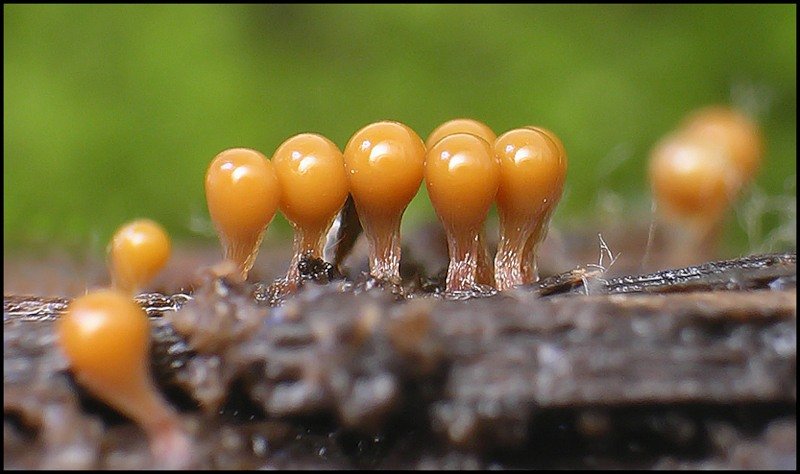
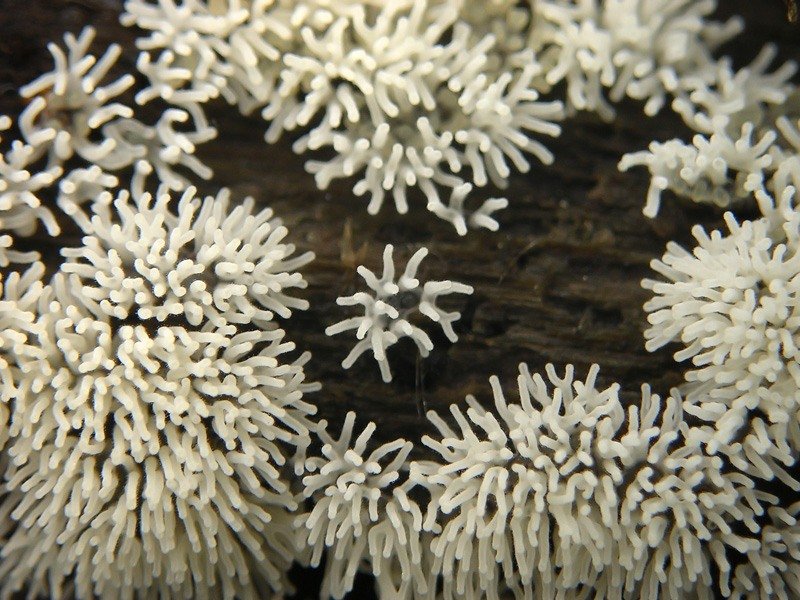

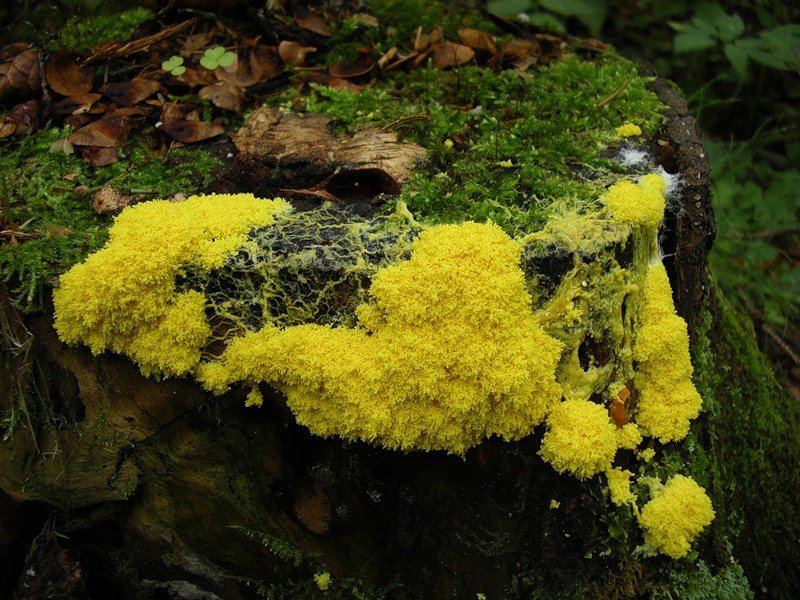
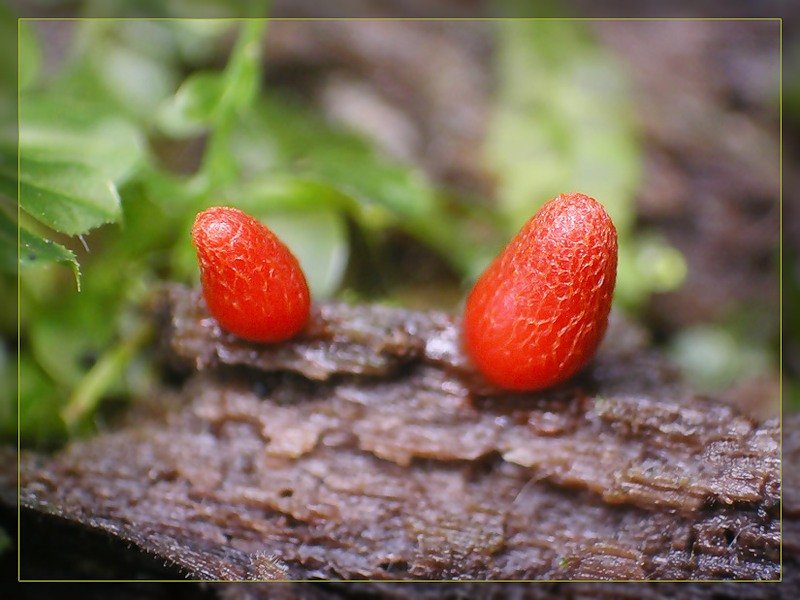
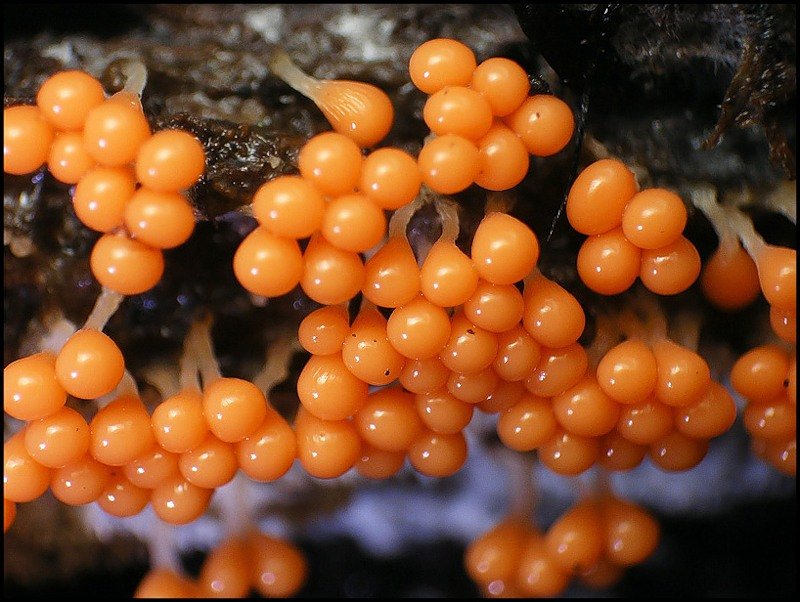

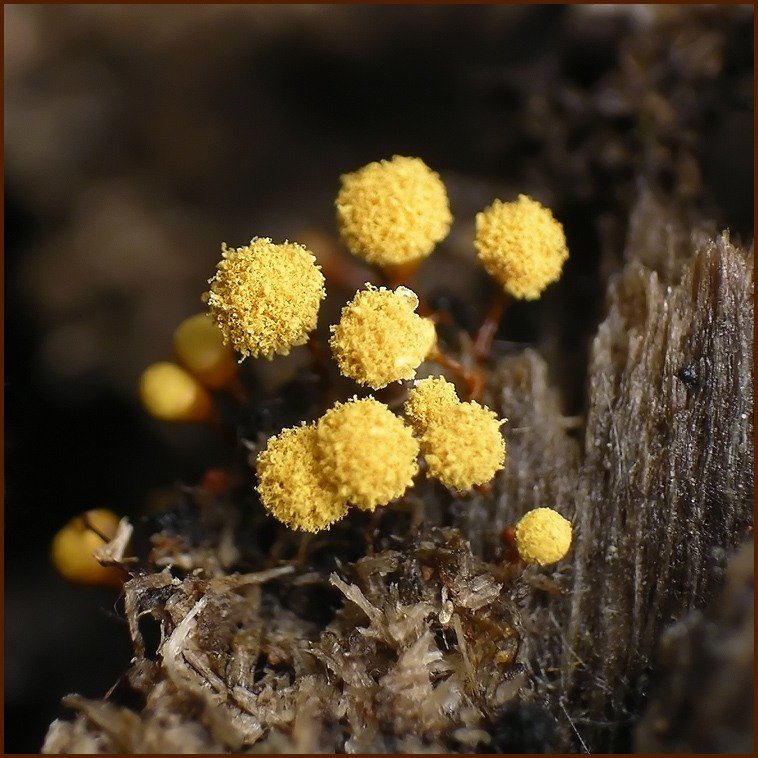
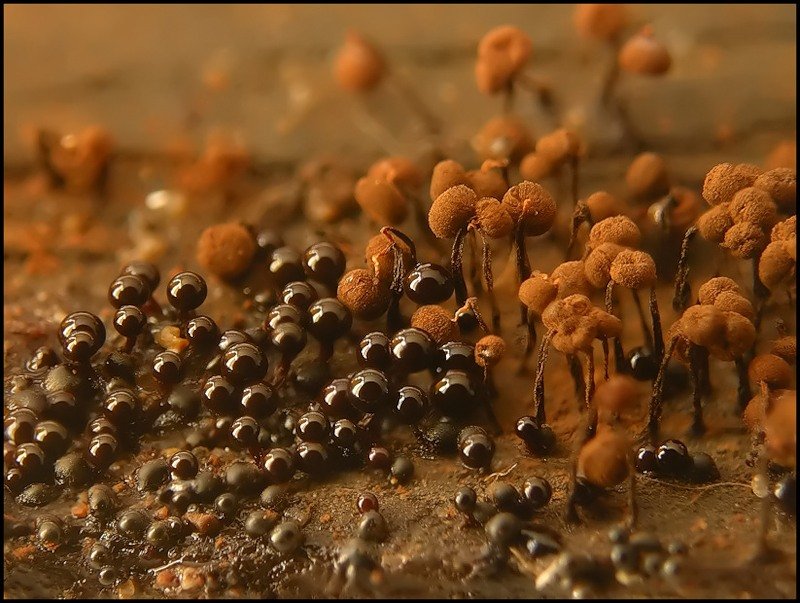
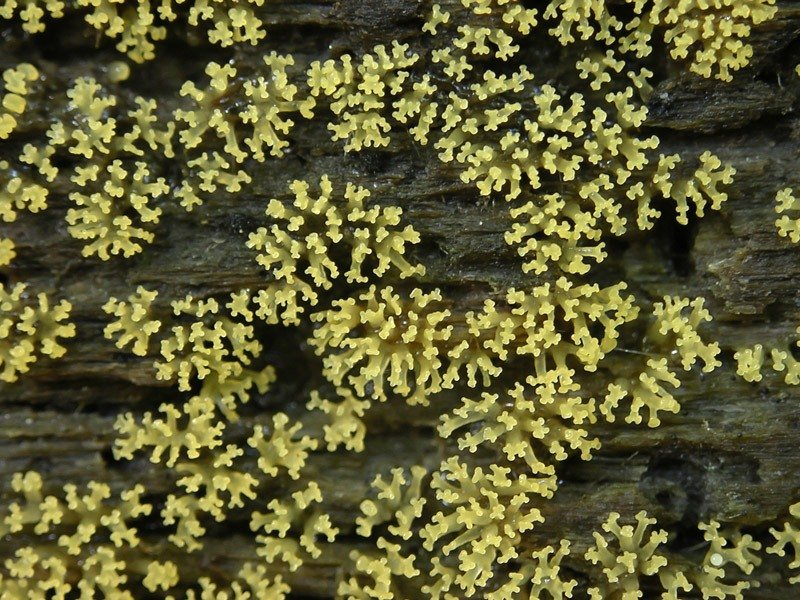
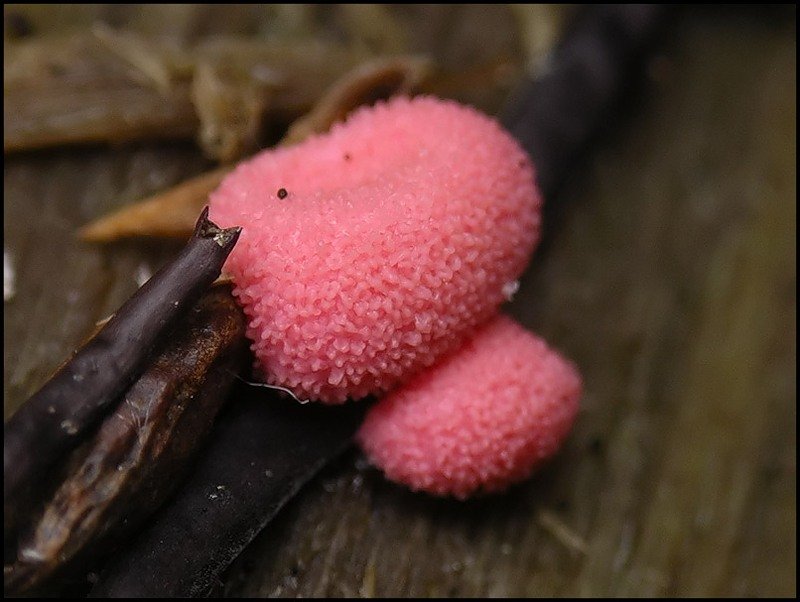
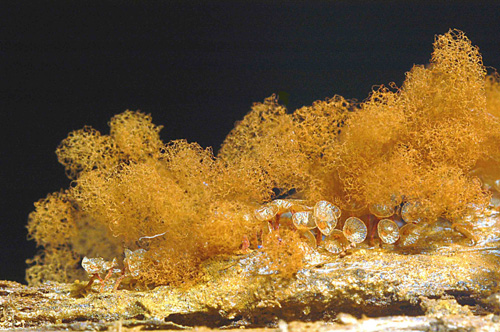
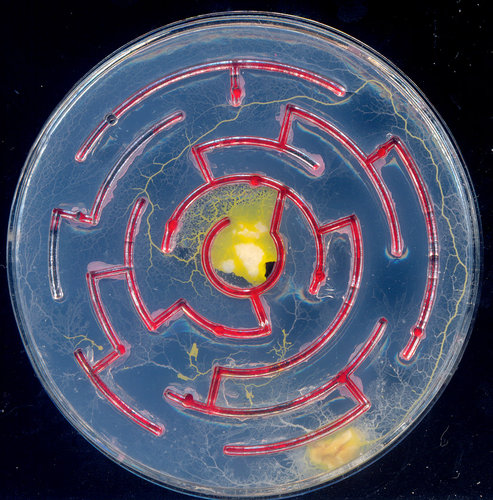
As usual, these are fantastic, one-of-a-kind glimpses of our world! You have provided so many beautiful and unique views of what is out there—thank you!
Why can slime mold find its way through difficult routes, and we humans get lost going 5 blocks?
Cheers, Lorie
Thank you, Dusky, for more awesome photos of our great biodiversity. And truly beautiful for something named “slime mold.”
pretty groovy, dusk! Thanks : )
single-celled amoebas or multi billion celled human being the creator exists. with such fantastic colours Can one ever come nearer to create life?
Such artistic forms and colours formed by amoebas is truly amazing!
Photographs reveal ” I am there and every where”
Thank you Dusky.
Wow! Thank you for the lovely images – and the fascinating story!
It might be a bit strange, but I find slime so utterly beautiful and fascinating.
We were studying in seventh grade science about living things and our book mentioned slime molds a couple times and I didn’t know what slime molds were so I looked it up and chose this site because it looked the most interesting. I am so glad I did! I never knew that how cool slime molds were or even that they existed. But I do now and I am so glad!!
Anna,
thank you so much for sending your appreciation. It really makes me happy to think you found your way to my website and it was helpful in your schoolwork. And I agree, slime molds are cool. Here’s a link to another even more bizarre life form. It’s the one that got me started making a website about cool and amazing wonders. http://www.duskyswondersite.com/animals/read-this/
What a beautiful set of photos of Moles. So interesting. Some of them almost resemble vegetable. Nice work Tina
Dire che sono immagini fantastiche è poco, un micromondo unico che con le tue foto è svelato in tutta la sua bellezza, grazie!